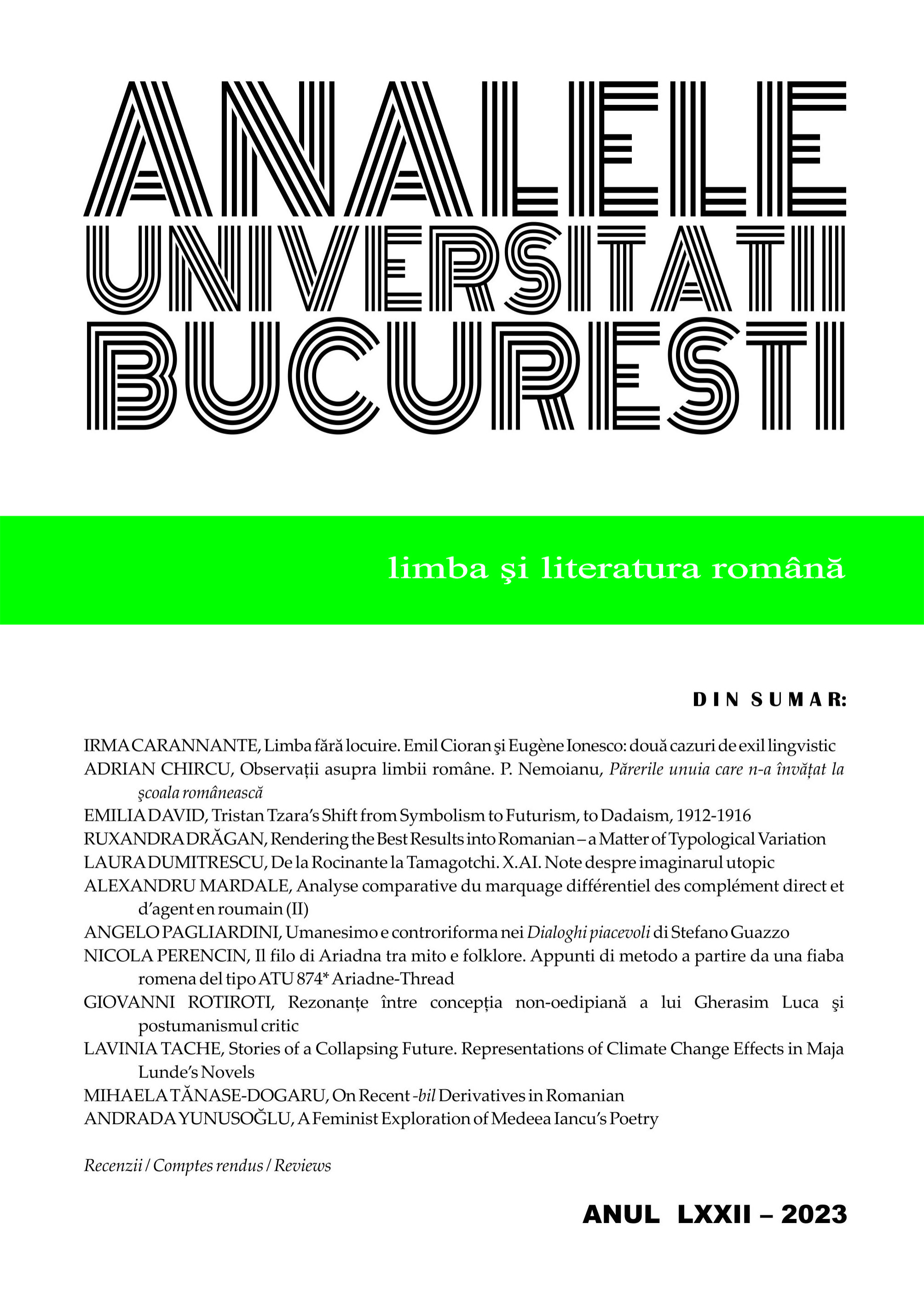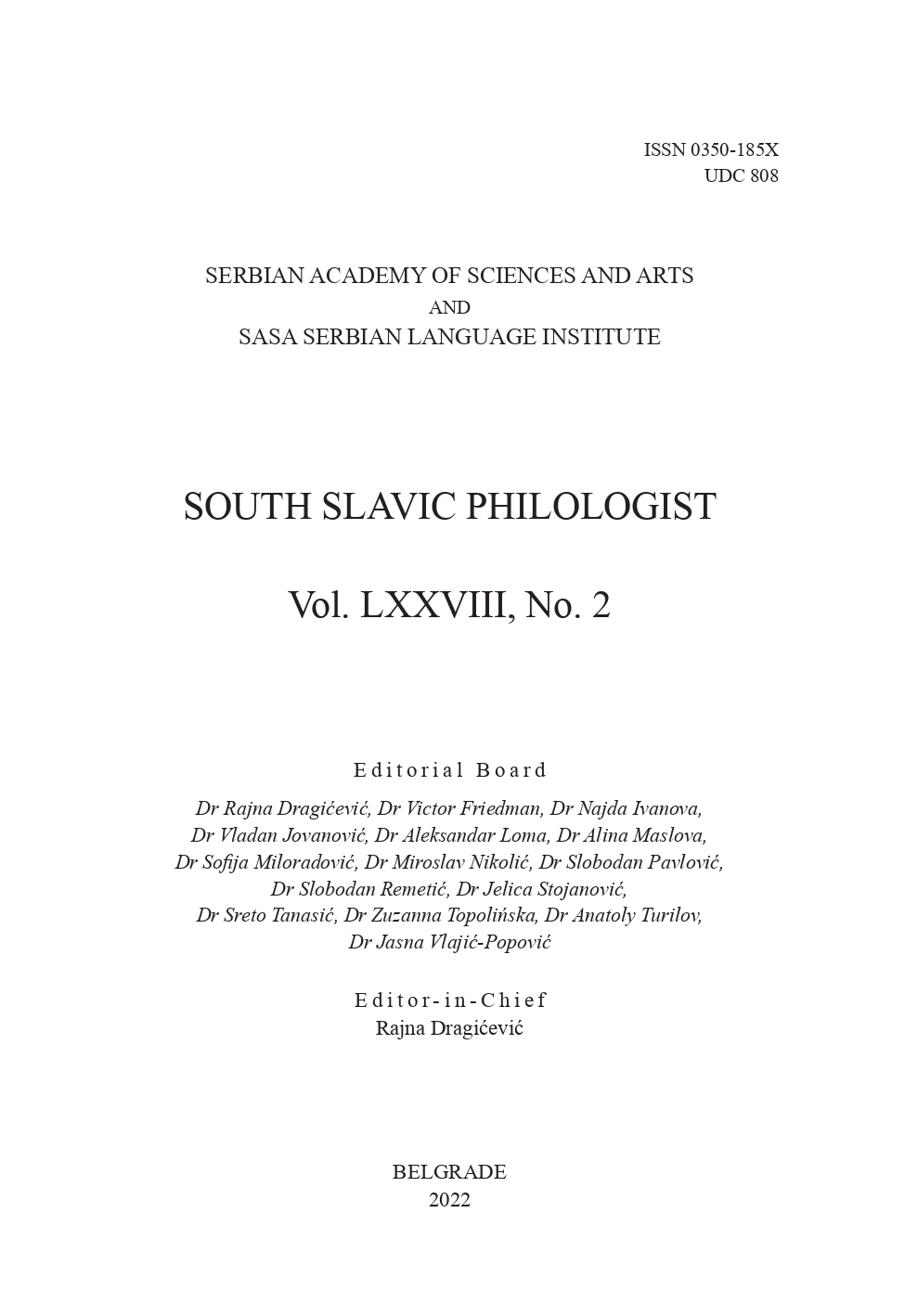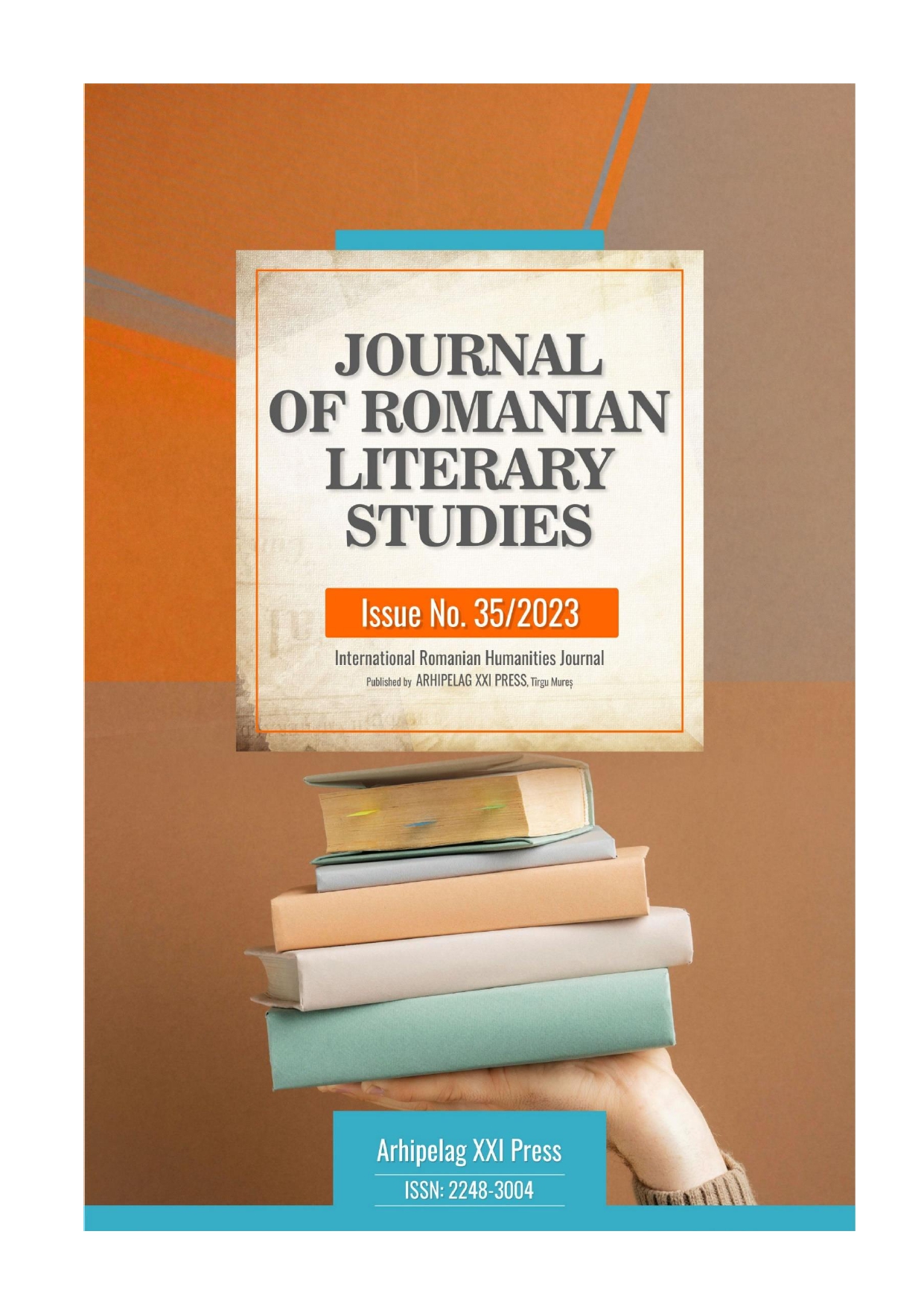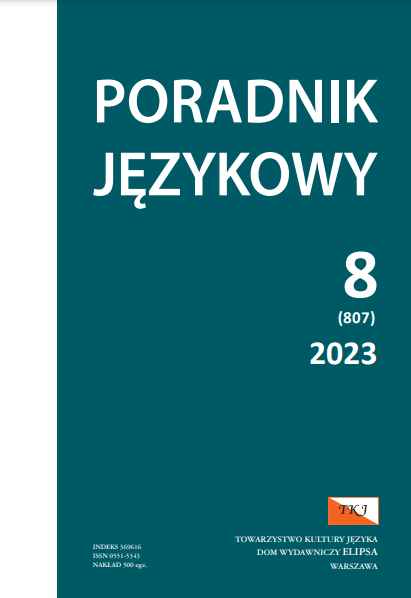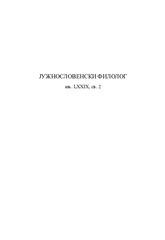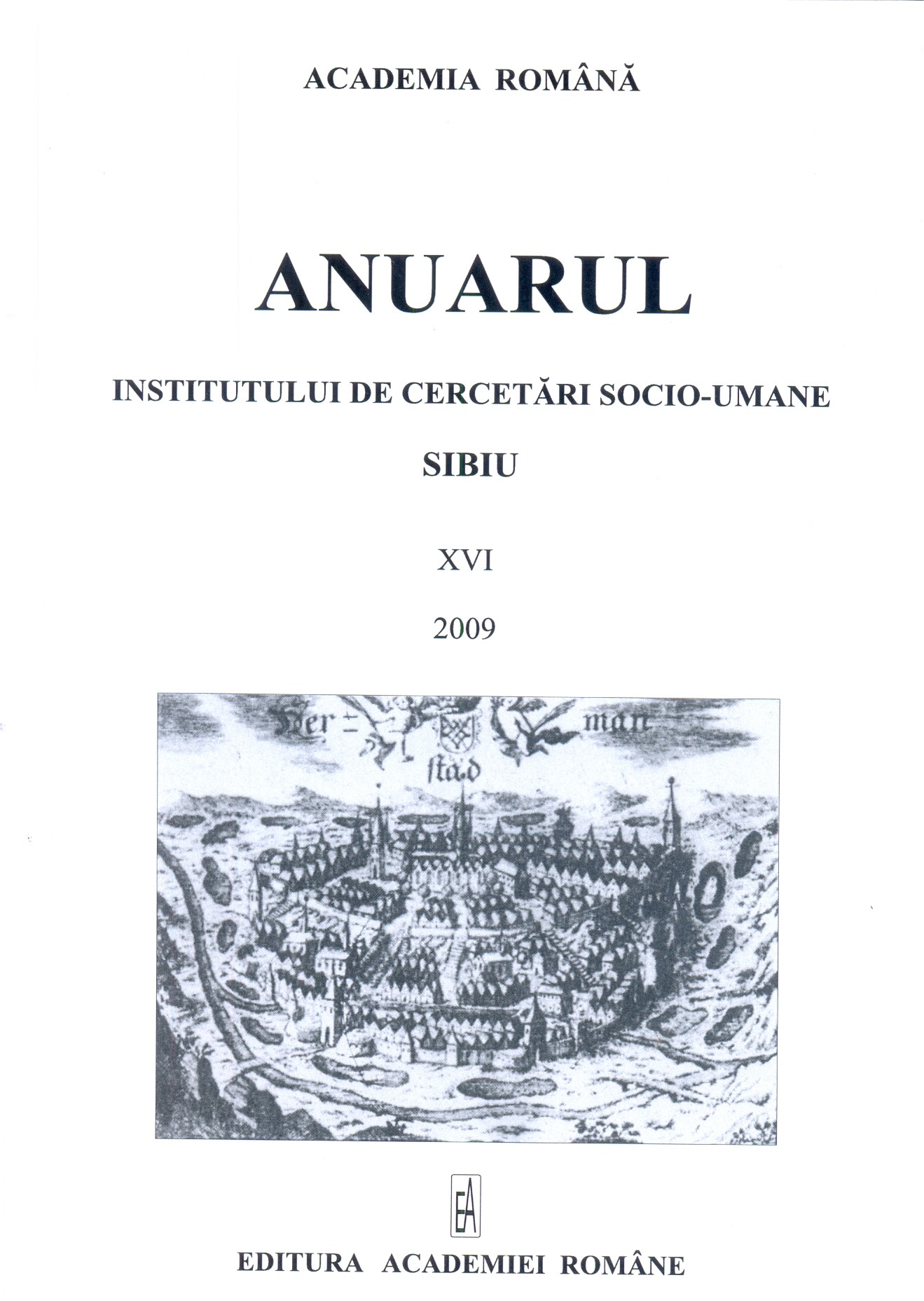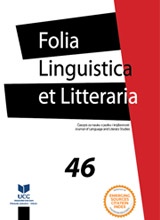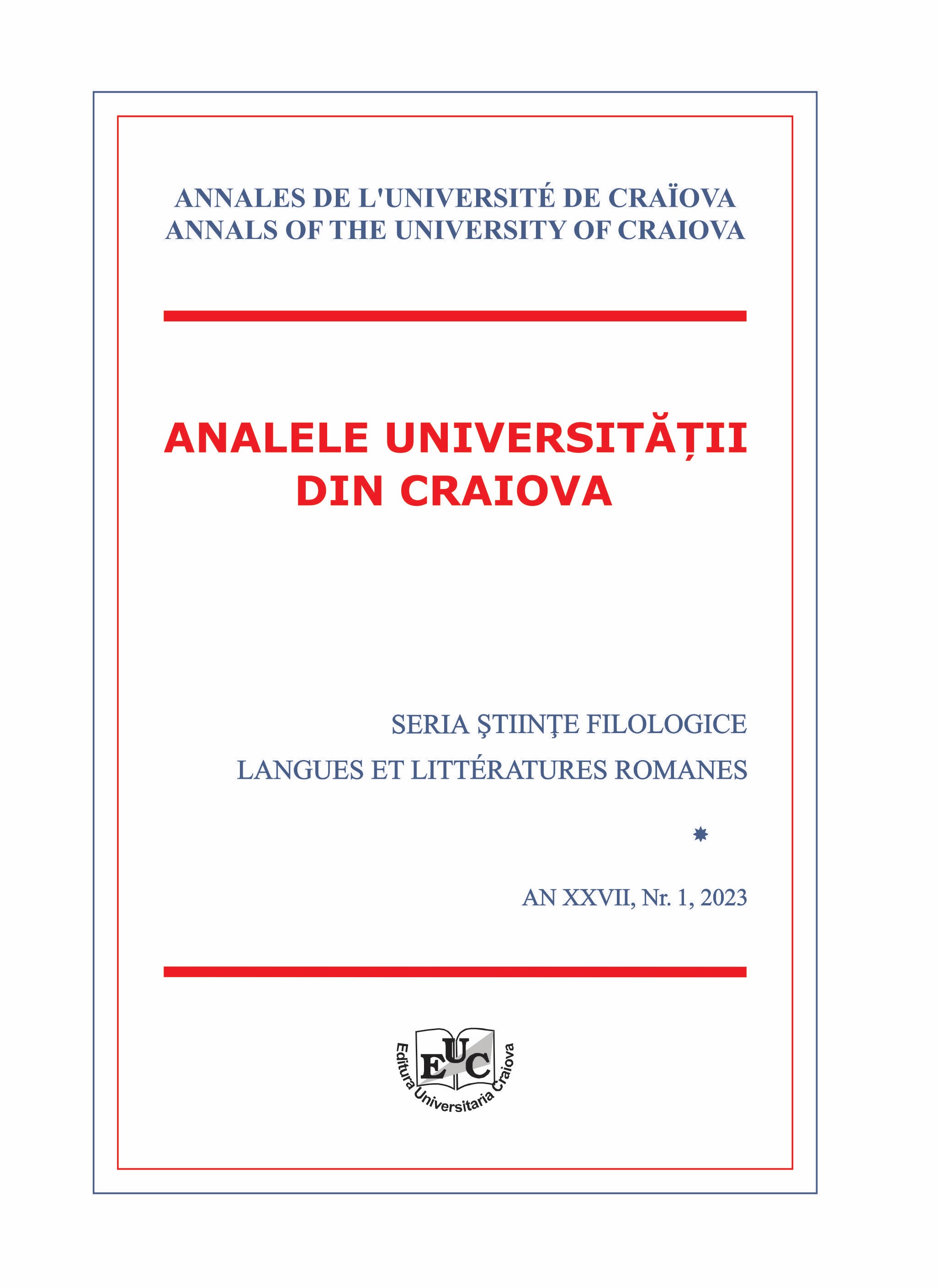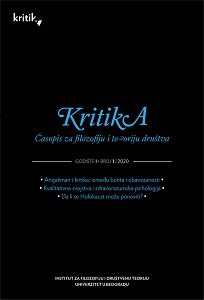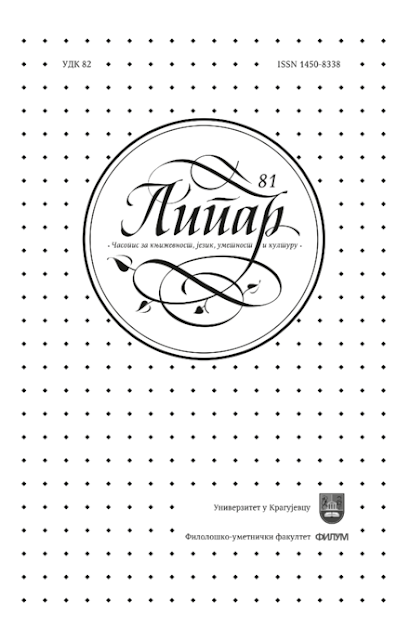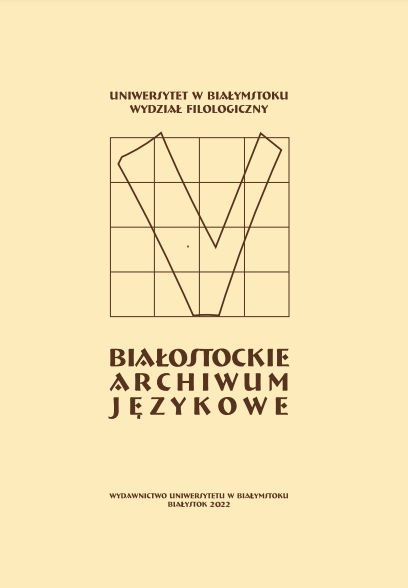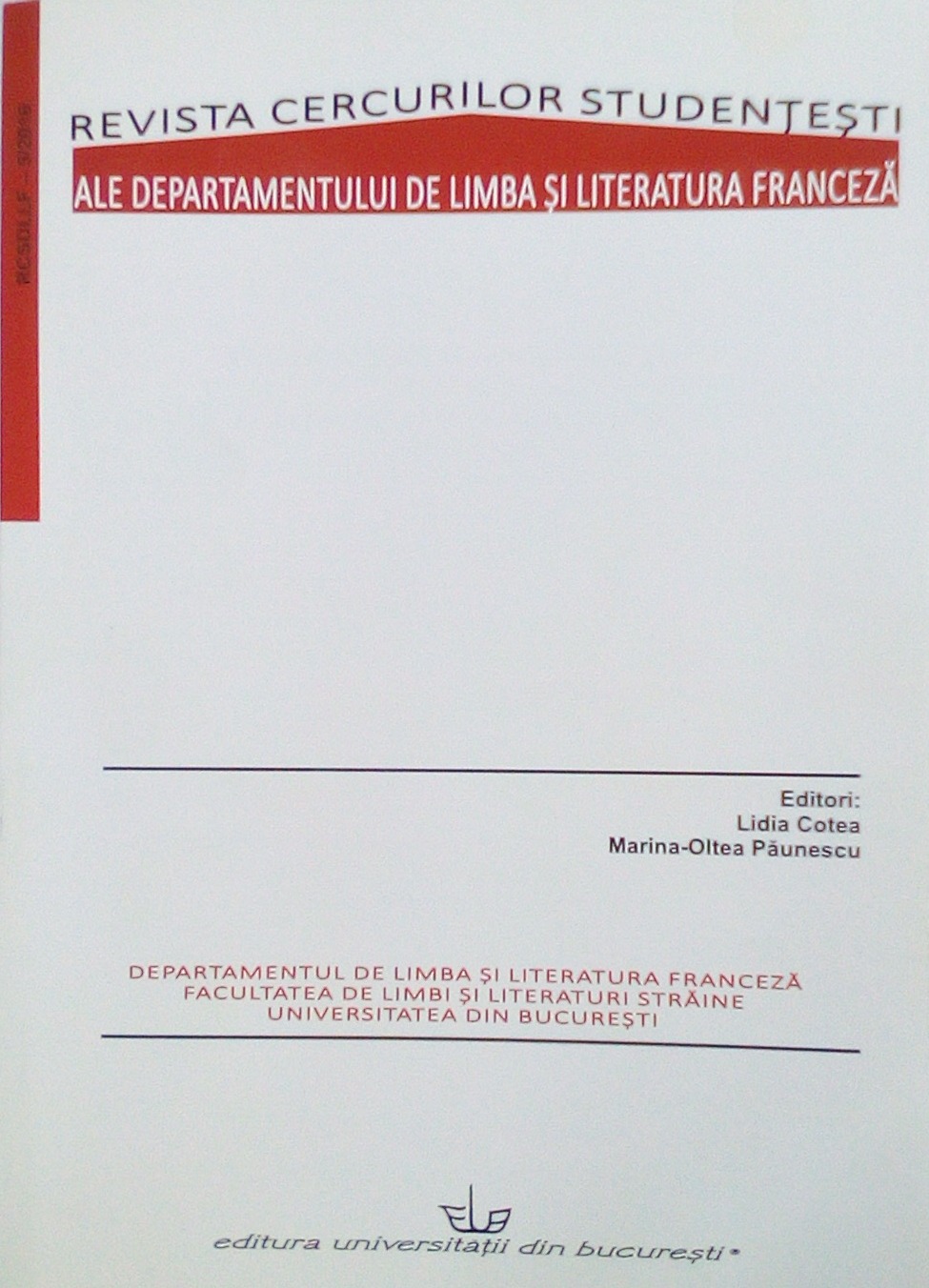
Les noms de facultés et la syntaxe de la possession inaliénable
Our interest in the faculty names consists in the fact that they let themselves intuitively considered as parts of the human being; at least as their definitions describe them as aptitudes to perform an act. This intuition has led us to explore the meronymy report according to Cruse for who the meronymy is a lexical relation in itself. But the semantic specificity of faculty names to denote abstractions makes them unfit to participate in the highly constrained meronymy report. Therefore we considered that they don’t instantiate a meronymy report but an inalienability possession.
More...
